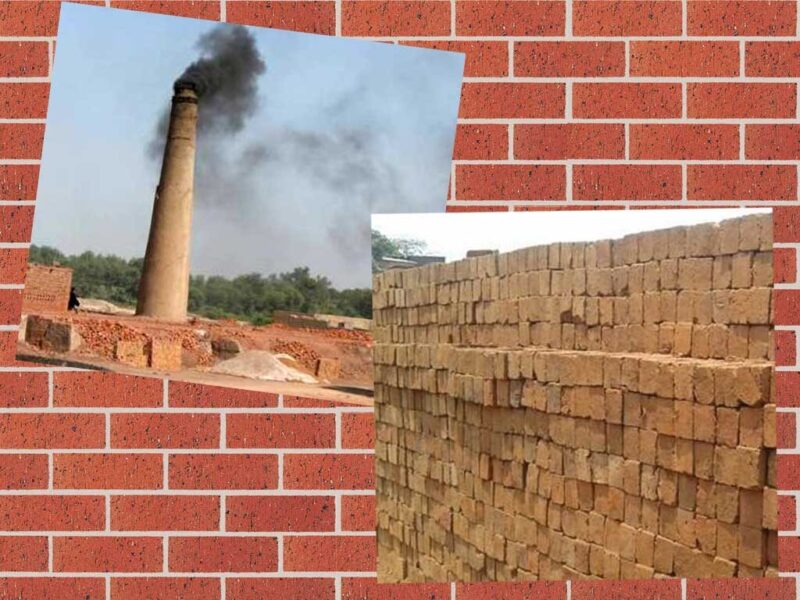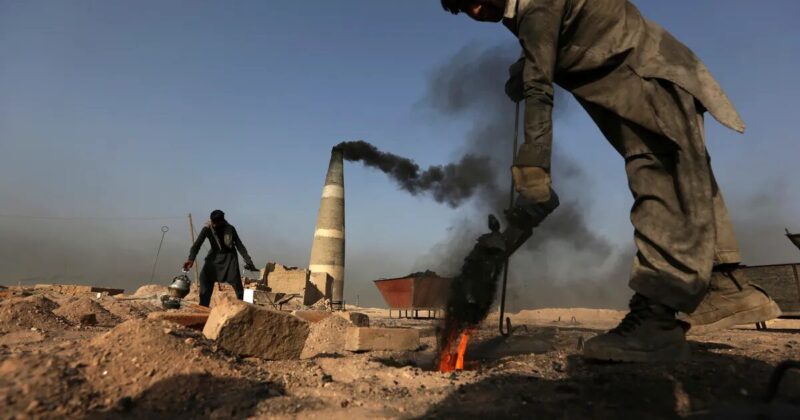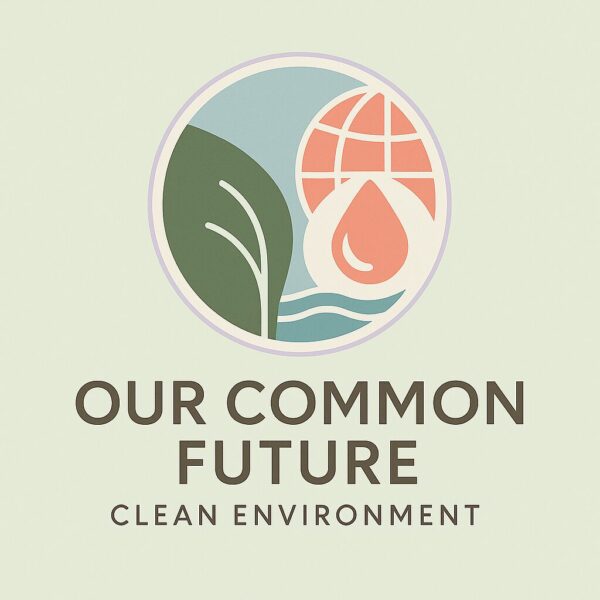Introduction: The Silent Polluters
Brick kilns dot South Asia’s landscape. They fuel construction booms. Yet, they choke the air with toxins. This explainer uncovers their role in pollution. It draws on case studies from India, Pakistan, and Bangladesh. Finally, it offers solutions and policy ideas for cleaner skies.
The Brick Kiln Process and Its Emissions
Brick kilns burn coal to fire clay bricks. This releases harmful gases. Particulate matter (PM2.5) fills the air. Sulfur dioxide and black carbon follow. In South Asia, over 200,000 kilns operate. They emit 20% of regional black carbon. Coal smoke traps heat, too. Transitioning now, black carbon worsens climate change.
Health and Environmental Impacts
Pollution from kilns harms lungs. Asthma cases rise near kilns. In India, 1.2 million deaths are linked to air pollution each year. Ecosystems suffer from acid rain. Crops yield less. Moreover, haze reduces sunlight. This cuts farm productivity by 10% in Punjab. Wildlife chokes on dirty air.

Thick smoke billows from a traditional brick kiln in Punjab, contributing to regional haze.
Case Study: India’s Brick Belt
India hosts 150,000 kilns. Uttar Pradesh leads with dense clusters. They burn low-grade coal. This spews 15 million tons of CO2 yearly. Delhi’s winter smog worsens from kiln emissions. Health costs hit $5 billion. Yet, workers earn little. Poverty traps them in toxic jobs.
Case Study: Pakistan’s Punjab Kilns
Pakistan has 20,000 kilns. Punjab province dominates. They use coal and tires for fuel. This releases heavy metals. Lahore’s air quality index soars above 300. Floods spread kiln toxins further. Farmers suffer crop losses. Economy bleeds $2 billion yearly from pollution.

Caption: Workers at a brick kiln in Punjab, Pakistan, amid heavy smoke that fuels air pollution.
Case Study: Bangladesh’s Brick Clusters
Bangladesh runs 7,000 kilns. Dhaka’s outskirts host many. They burn wood and coal. This emits 1.8 million tons of CO2. Rivers carry toxins downstream. Fish stocks drop. Health issues rise among 500,000 workers. Poverty locks them in.
Practical Solutions for Cleaner Kilns
Upgrade to zigzag kilns first. They cut emissions by 60%. Use cleaner fuels like natural gas. This slashes black carbon. Install scrubbers to trap pollutants. Moreover, train workers on safe practices.
Policy Recommendations
Governments must enforce strict emission rules. Subsidize clean tech for kilns. Promote alternatives like fly ash bricks. Invest in research for green materials. International aid can fund transitions. Public awareness campaigns build support.
Conclusion: Toward a Breathable South Asia
Brick kilns choke South Asia’s air. Yet, solutions exist. With policy shifts and tech upgrades, cleaner futures await. Act now. Save lives and ecosystems.


